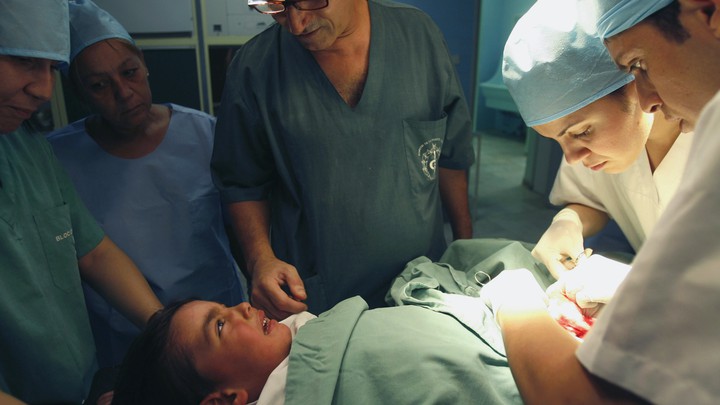The majority of circumcision Sydney is painless and safe. Local anaesthesia is used to provide pain relief. Patients feel only pressure and movement. Intercourse may cause some discomfort for the patient. General anaesthesia is recommended in cases where circumcision is done on a child. This procedure helps to eliminate any discomfort that may occur during circumcision. It also helps to prevent patients from feeling pain when they urinate.
Through the urethra, the penis connects to the bladder. The study involved 206 anesthesiologists around the globe. Most children circumcise their babies in their toddler years. The procedure is most common in infants three to six years old. The most commonly used technique for circumcision is regional anaesthesia, with the laryngeal mask being the most common technique.
Perioperative ultrasound, ketamine, and perioperative ultrasound were the most popular sedatives used during regional anaesthesia. General anaesthesia is a common option, but it is not the only one. Many regional anaesthesia options can be used for older children or neonates, including a laryngeal block. Regional anaesthesia is also an option for patients who are pregnant or have had anaesthetic problems in the past.

Additionally, regional anaesthesia can help prevent the need for postoperative analgesia. General anaesthesia is not recommended for circumcision. The anaesthetic options should be tailored to the child. The child’s health conditions must be assessed before the procedure. If necessary specific analgesics should be used. Physicians should perform a preoperative evaluation to determine if the procedure will be safe and effective.
The child will be taken to the operating table during the preoperative evaluation. The doctor will insert an IV to administer medication that will keep the child asleep. The procedure will require that the child be turned on his back. The doctor will then take off the foreskin. A fine suture will be used to close the wound. The procedure takes between 15 and 30 minutes. During the entire procedure, the patient must be awake.
A thorough preoperative evaluation should include the child’s medical history, birth history, and previous anaesthesia procedures. Before any surgery, the surgeon should know if the child has a history of coagulation disorders. The surgeon should also know about the child’s previous anaesthetic experiences. These studies could help doctors decide on a better choice of an anaesthetic. A detailed physical examination should be part of the perioperative assessment. During the procedure, the child should be given general anaesthesia.
General anaesthesia will make the child sleepy. General anaesthesia will relax the child’s muscles, making the procedure easier and safer. During the procedure, caudal anaesthesia will be used to block pain in the belly and lower trunk of the child. Caudal anaesthesia blocks pain in the abdomen, back and legs. This anaesthetic can provide pain relief for up to four hours. General anaesthesia may be used to sedate a child during circumcision.
A general anaesthetic relaxes the reflexes of a child and makes the procedure more comfortable and safer. Acaudal or general anaesthetic will provide up to 4 hours of pain relief. It is also better than a local one. Anaesthesia is required for the procedure. The procedure should be carried out under general anaesthesia. Local anaesthesia should also apply to the underlying anaesthesia.
The doctor must perform an in-depth evaluation of the baby to ensure that it is safe. The surgeon should be familiar with the patient’s medical history. The type of surgery will require an appropriate anaesthetic. This anaesthesia should be administered according to the baby’s age.
The method of anaesthesia for circumcision varies depending on the child’s age. A laryngeal mask is most commonly used. The use of regional anaesthesia, a caudal block, and USG are all common methods. Haemorrhage is the most common risk of circumcision. A local anaesthetic is often prescribed after the child has undergone a laryngectomy.
